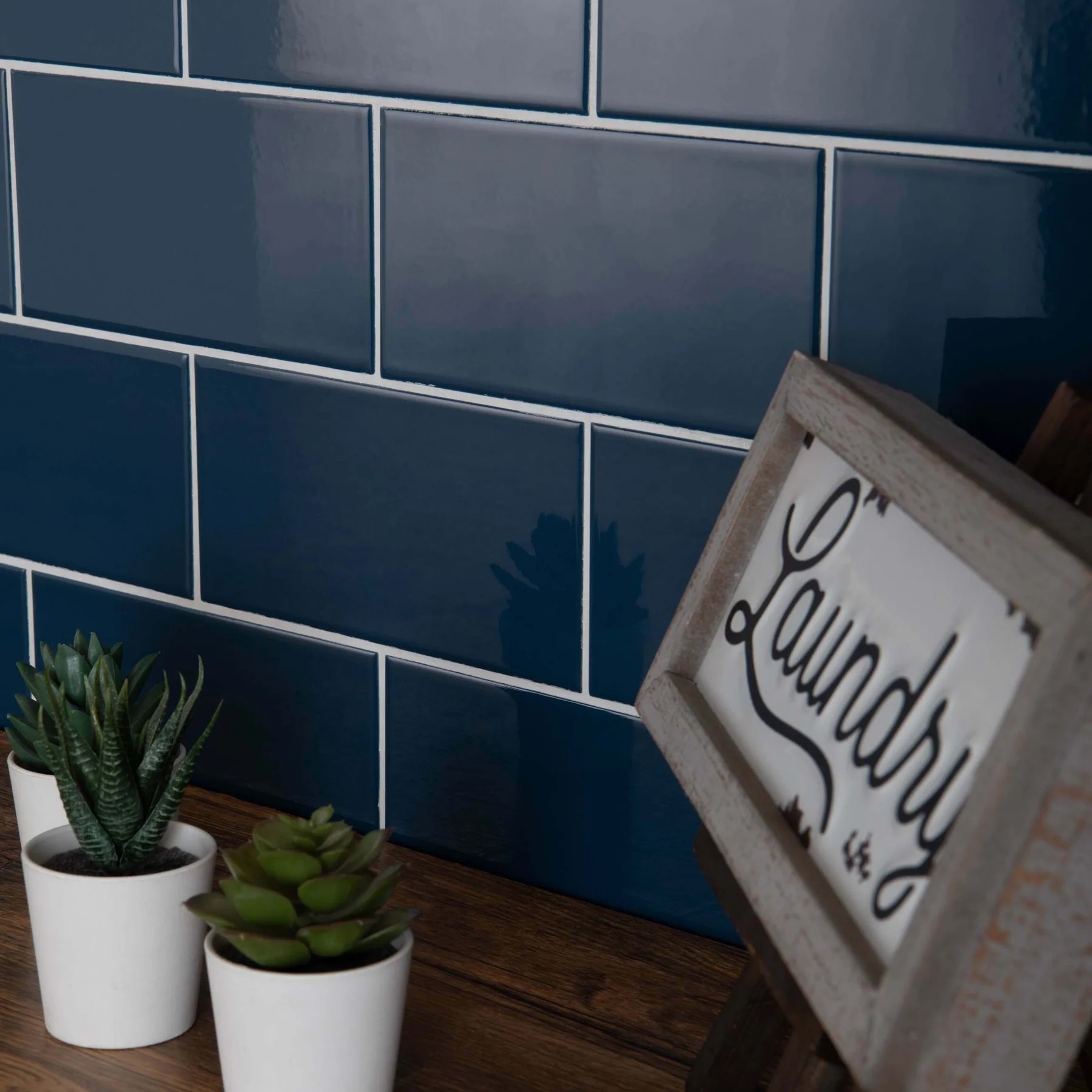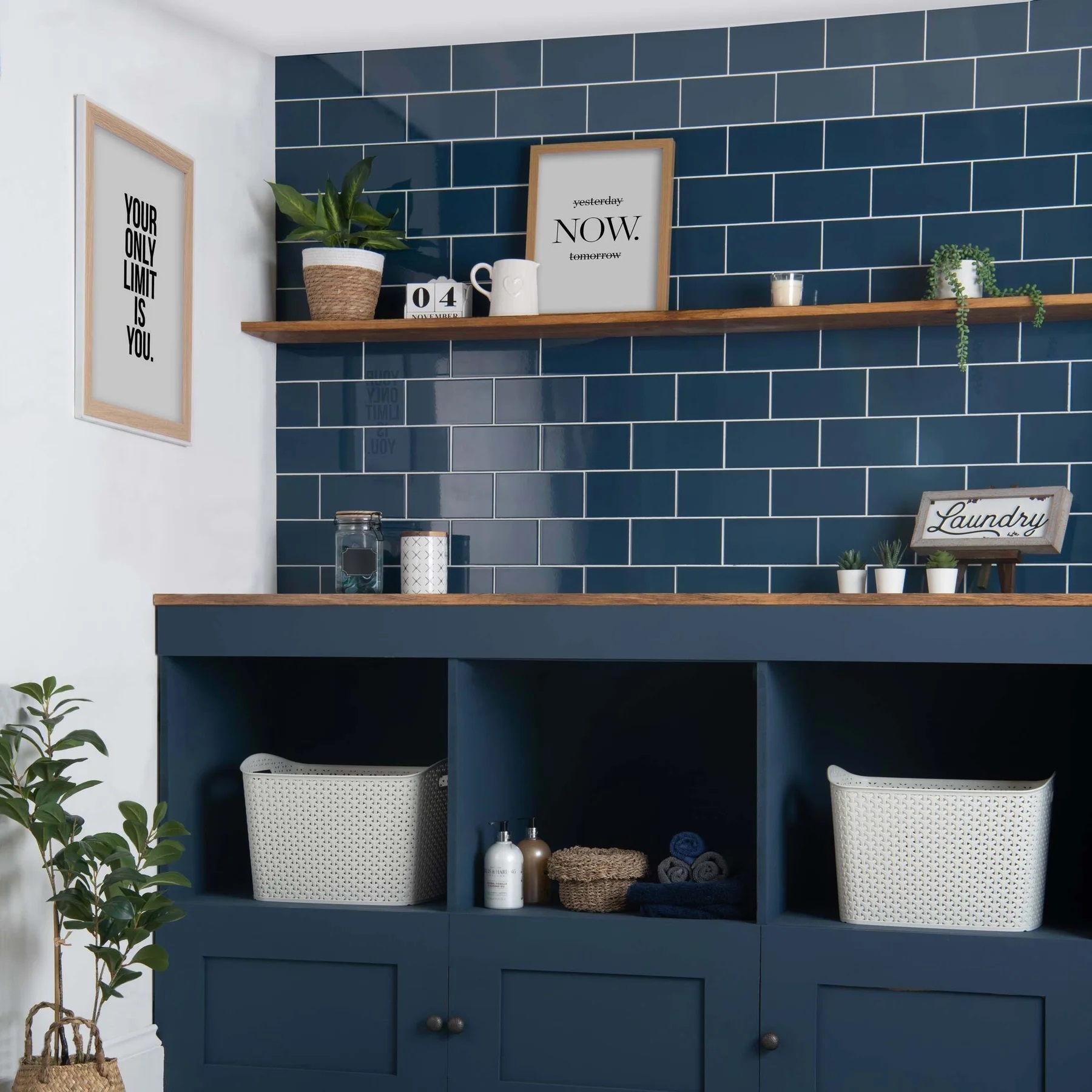Unique Benefits and Considerations Of Kitchen Tiles

When choosing kitchen tiles, it's important to balance aesthetics with functionality. Kitchen tiles come in various materials, styles, and sizes, each with unique benefits and considerations.
1. Materials:
-
Ceramic Tiles: These are popular due to their durability and ease of maintenance. They come in many colors, patterns, and finishes, including glossy and matte. Ceramic tiles are resistant to moisture and stains, making them ideal for kitchen environments. They are also cost-effective compared to other materials.
-
Porcelain Tiles: A subtype of ceramic, porcelain tiles are denser and more durable. They’re highly resistant to water and wear, which makes them suitable for high-traffic areas. They often mimic natural stone or wood and come in various designs.
-
Natural Stone Tiles: Materials like granite, marble, and travertine offer a luxurious and unique appearance. Each stone has its natural variations, providing a one-of-a-kind look. However, natural stone can be porous and may require sealing to protect against stains and moisture.
-
Glass Tiles: These tiles add a modern touch with their reflective surfaces. They are available in a range of colors and can be used to create striking backsplashes or accents. Glass tiles are easy to clean but can be slippery and require careful installation to avoid grout lines showing.
-
Metal Tiles: Stainless steel or copper tiles can give your kitchen a sleek, industrial look. They’re highly durable and easy to clean but can show fingerprints and smudges more easily than other materials.
2. Styles and Patterns:
-
Subway Tiles: These classic rectangular tiles are versatile and can be arranged in various patterns, such as herringbone or vertical stacks. They’re timeless and work well in both modern and traditional kitchens.

-
Mosaic Tiles: Small tiles grouped together to form intricate patterns or images. They’re often used for backsplashes or decorative elements, offering a chance to add a personal touch.
-
Large-format Tiles: Bigger tiles can create a seamless look with fewer grout lines. They can make small kitchens appear larger and are ideal for contemporary designs.
3. Practical Considerations:
-
Durability: Choose tiles that can withstand the wear and tear of a kitchen environment. High-traffic areas and countertops may need more durable options.
-
Maintenance: Some tiles require more upkeep than others. For instance, natural stone may need periodic sealing, while ceramic and porcelain are generally low-maintenance.
-
Comfort and Safety: Consider slip resistance, especially for floor tiles, to avoid accidents. Textured or matte finishes can offer better traction.
In summary, selecting the right kitchen tiles involves considering the material, style, and practicality. By choosing wisely, you can create a beautiful and functional kitchen space that suits your needs and style preferences.
- Industry
- Art
- Causes
- Crafts
- Dance
- Drinks
- Film
- Fitness
- Food
- Spellen
- Gardening
- Health
- Home
- Literature
- Music
- Networking
- Other
- Party
- Religion
- Shopping
- Sports
- Theater
- Wellness
- News


